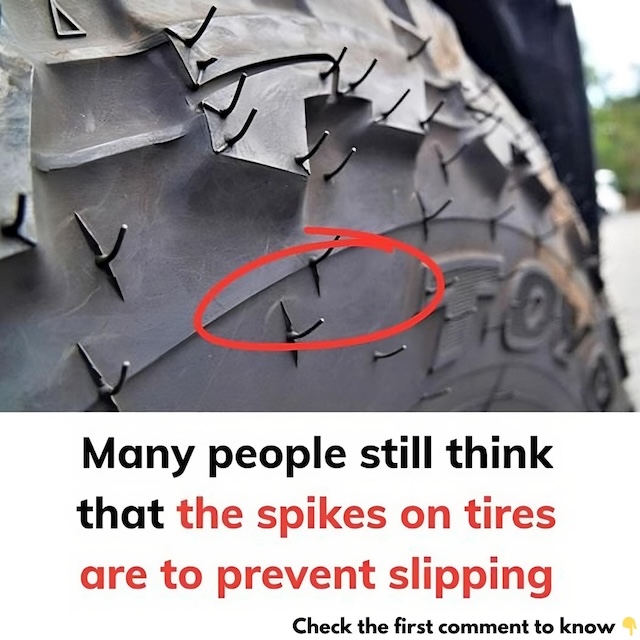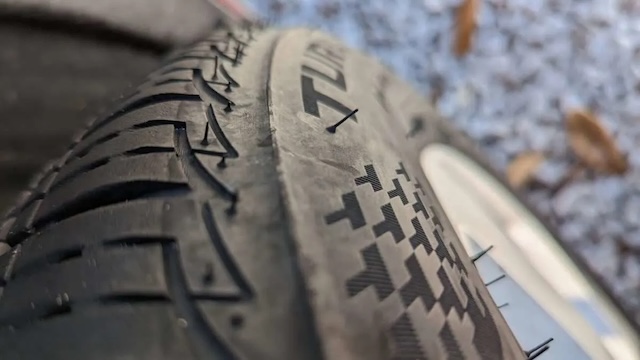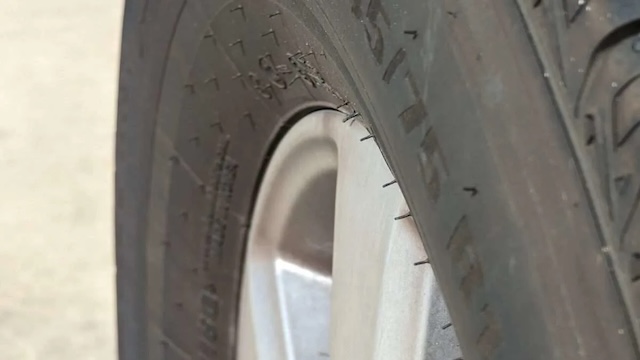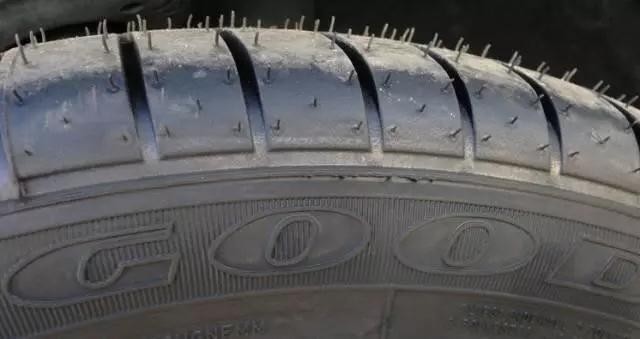Have you ever noticed the tiny rubber hairs on tires sticking out from your tires and wondered what they’re for? You might think they have something to do with grip or safety, but the real reason behind their existence will surprise you. These small details, known as tire whiskers, serve a fascinating purpose during the manufacturing process but don’t affect your driving experience at all. In fact, they naturally wear off over time without impacting performance. Curious to know more about these little tire spikes and their actual role? Keep reading to uncover the surprising truth behind this often-overlooked feature.
What Are These Little Hairs?
These tiny protrusions, commonly known as tire whiskers or vent spews, are a natural byproduct of the tire manufacturing process. During production, molten rubber is injected into a mold, and to ensure an even distribution, the mold has tiny vents. Excess rubber escapes through these vents, forming the small hairs you see on the finished product.

Who Invented These Tire Whiskers?
There isn’t a single inventor behind the appearance of these rubber hairs on tires. Instead, they are a result of decades of refinement in tire manufacturing. As tire production technology improved, engineers realized that vents were necessary to prevent air bubbles from forming in the tire, which could lead to defects. The vents allow for the escape of trapped air and rubber during the molding process, leading to the formation of these whiskers.

Common Misconceptions
One of the biggest misconceptions about tire whiskers is that they serve a functional purpose in improving grip or preventing the tire from slipping on the road. This belief is false. These small rubber spikes have no effect on the performance, safety, or grip of the tire. In fact, they naturally wear off as you drive, and their absence is not an indication of tire wear or diminished quality.
Another misconception is that the presence of these hairs is a sign of a superior or more durable tire. However, every new tire, regardless of brand or quality, will have these rubber hairs on tires. Their presence is simply a sign that the tire is fresh out of the mold.

What Is Their Real Purpose?
In terms of practical use, the hairs don’t contribute anything to the tire’s functionality once it hits the road. Their main purpose is during manufacturing, where they help prevent imperfections during the molding process. Once the tire is fully formed, these hairs serve no purpose other than to show that the tire is brand new.
Some car enthusiasts choose to remove them for aesthetic reasons, but this has no effect on the performance of the tire. Whether you decide to keep or trim them is entirely up to you.

The small rubber hairs on tires are a byproduct of the tire manufacturing process, not a design feature meant to improve grip or performance. Though they may raise questions or even cause confusion, these tire whiskers are simply a natural part of the production process. While they might seem unusual, their presence or absence is not something you need to worry about.


